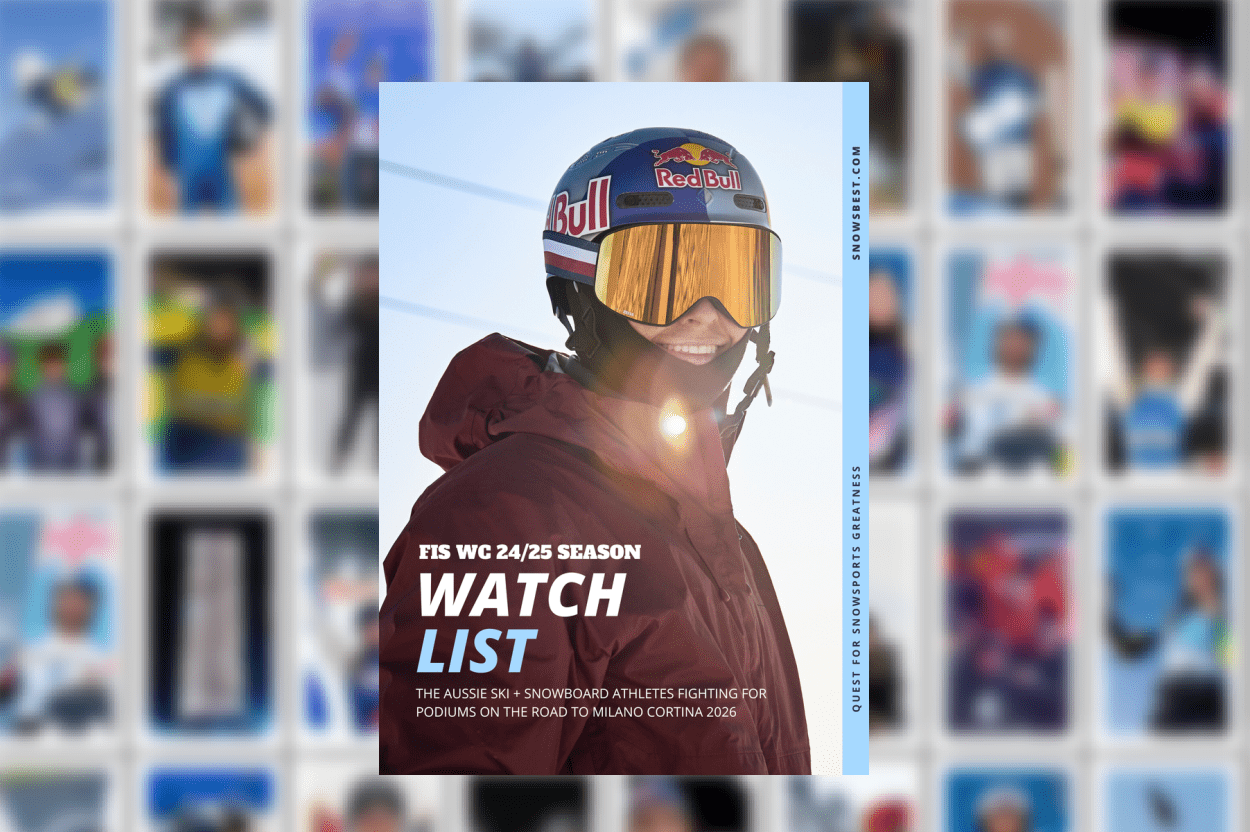The dreaded ACL rupture has long been considered a season ender for skiers and snowboarders, requiring surgery then lengthy rehab.
It is often catastrophised in the media, with reports of a professional athlete injuring an ACL inevitably involving them having surgery soon after the injury. In the minds of the public “ACL tear = have reconstructive surgery”.
ACL surgery rates per person have been rising steadily in most countries since the mid-1990s and continue to climb.
New studies are challenging long-held beliefs and questioning whether there is an over-reliance on surgery as the first-choice management for ACL tears. Research is showing that in many cases non-surgical care is producing better results. Interestingly for skiers, the management in the first-week post-injury is now believed to be critical in avoiding surgery.

Throughout my 18 years as a snow-sports physiotherapist operating clinics in the Japanese ski fields, I’ve personally treated hundreds, if not thousands, of people with ACL injuries in the first few days post-injury.
For years I had the same virtual mp3 of my explanation of the ACL in my head that would come out of my mouth without me even thinking about it.
“The ACL tends to be a full rupture or fine; it’s like being pregnant; you can’t do it halfway (haha). The ACL can’t heal, so you’ll need surgery. If you don’t have surgery, you won’t be able to play sports involving twisting, and the chance of having early osteoarthritis and meniscus tears increases. Here are the pros and cons of the different graft types you can choose for your surgery, and here is the name of a good surgeon in your hometown.’
And it’s now been shown that I was wrong in virtually every aspect of my ACL tear blurb, and I have long since deleted that file from my hard drive.
However, this pitch is still delivered today in most acute-care clinics worldwide. Although difficult and humbling, healthcare professionals must admit when we are wrong and change our practice to reflect new evidence and understanding.
What we now understand about ACL
The ACL is often partially torn.
The ACL can heal, even full ruptures.
People with healed ACLs have better outcomes than those with ACL reconstructive surgery and people with non-healed ACL who do not have surgery have the same or possibly better outcomes than people who have surgery.
Osteoarthritis rates are higher in the surgical group than in those who had healed ACLs, although OA rates are higher post-ACL tear with or without surgery.
Many people do return to pivoting sports without an ACL.
The graft type doesn’t seem to matter much, and none of the options are as good as the original.
How to heal
The recently published Cross Bracing Protocol shows healing rates of 90% for people who were managed appropriately with bracing. The KANON study showed healing rates of 30% in people who did no bracing at all.
There is a ‘window of healing’ after an ACL rupture where the injury needs to be treated appropriately, and if the injury is managed poorly during that period, the torn ends of the ACL become stumps and the healing chance is lost.
The ‘healing window’ seems to be within the first week, with the maximum time being 18 days post-injury.
The founder of the study, Tom Cross, describes specifically what people should do when they rupture their ACL on an international ski trip in this excellent podcast interview below (skip to 35 minutes for his advice).
At Niseko Physio, our legendary physiotherapist Wennie Tan discovered years ago that a ruptured ACL could heal, as we had seven out of eight people who went through her bracing protocol heal.
So what should you do if you have sustained a knee injury on a ski trip?
See an excellent clinic with experience managing ACLs that can conduct clinical testing to give you an idea if the injury may be an ACL tear or not. Note that an X-ray is not able to show if the ACL is torn and clinical testing, performed on the knee by an experienced healthcare professional are around 95% reliable.
Keep the knee bent (do not push it straight), try to minimise weight-bearing until the diagnosis is confirmed and if possible, get an MRI (this is often not possible in Japan).
See a physiotherapist with experience in ACL healing and early-stage ACL management and get fitted with a knee brace and crutches, and other products to protect and provide pain relief for the knee.
Work with your physiotherapist on exercises to keep the muscles working and prevent wastage and stiffness.
Do not allow immediate surgery on your ACL before you return home and avoid anti-inflammatories and having fluid drained from your knee.
Delay your flight a minimum of 5 days post-injury then take appropriate DVT prevention procedures, at a minimum, flight socks and aspirin, ideally flight socks, electric compression pumps and prescription anti-coagulant medication.
Arrange a bulkhead seat and pump the ankle on the flight and then arrange a doppler ultrasound on return home to clear DVT.
On return home
Get an MRI from an imaging clinic recommended by someone familiar with ACL healing and tear classification.
Book in with an experienced physiotherapist, doctor and surgeon to consider all your options (cross bracing protocol, surgery, or non-surgical with no bracing, or modified bracing protocol). Use a shared decision-making model to decide your choice of treatment.
Most people should wait 3-6 months before surgery. Remember, you can also choose to have surgery later if you are not happy with your knee function, but once the surgery is done, you can’t change to non-surgical management.

































